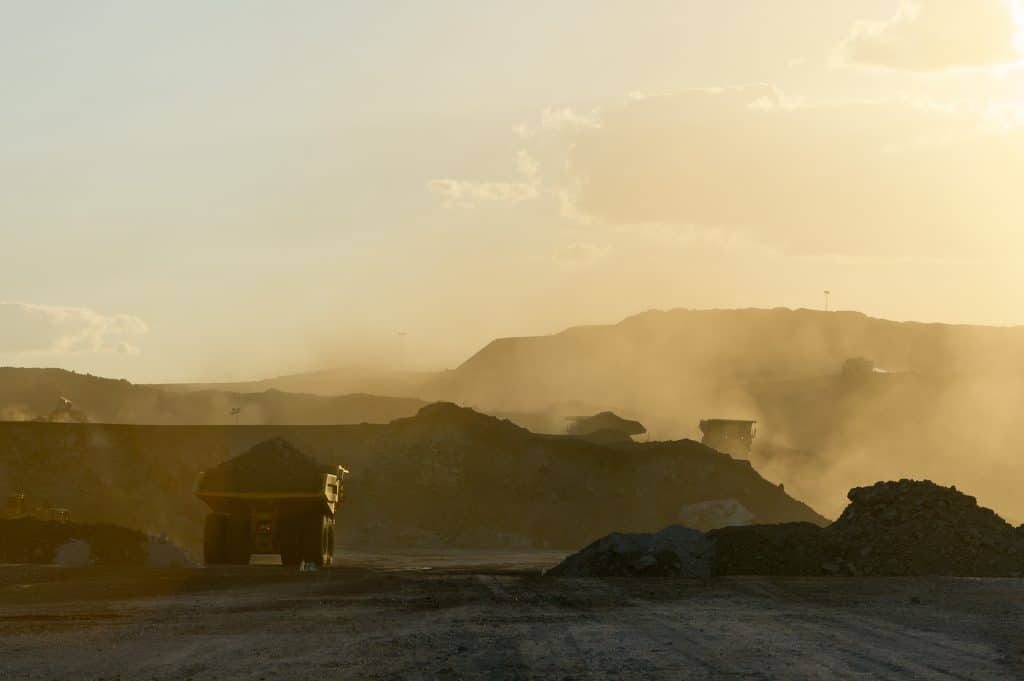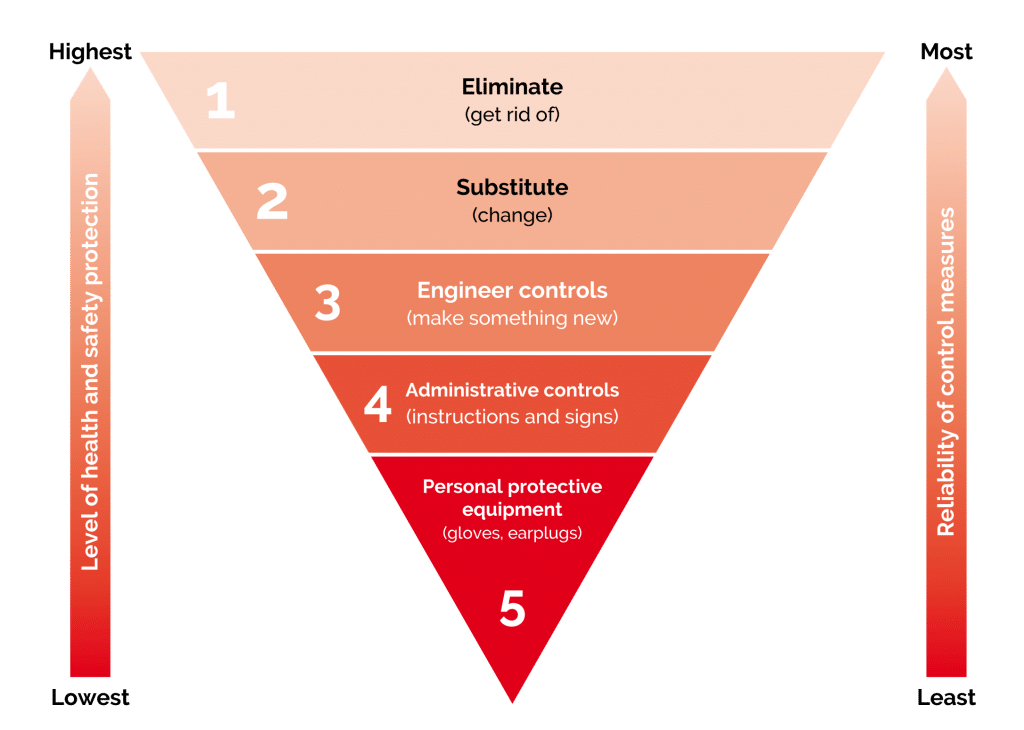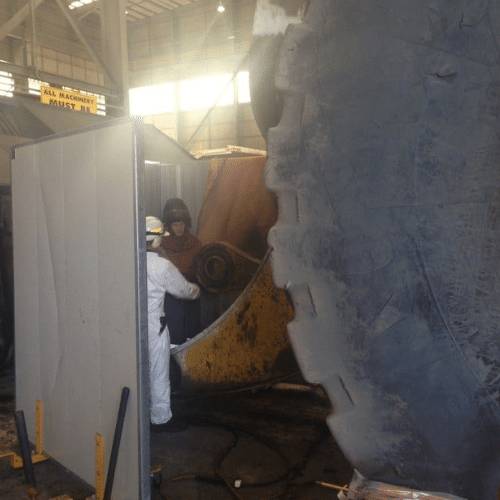Call 1300 799 969 | Contact Us


Home » How dust and noise cause health problems for mine workers
Compared to other industrial environments, mine sites pose higher health and safety hazards. While this risk is due to several factors, this news post will focus on dust and noise.
One in four coal miners has abnormal lung function. Dust can cause pneumoconiosis, otherwise known as miners’ or black lung. Miners also represent one of the higher-risk industrial workers with Noise-Induced Hearing Loss (NIHL).
Here are some of the serious health risks of exposure to mine dust and noise – and what can be done about them.

Exposure to hazardous respirable dust is a common problem in the mining industry. Each year, more than one million miners and other workers are dangerously exposed to extreme levels of disabling dust.
Silica is an abundant mineral in the earth’s crust, which means that any occupation – such as mining – involves chipping, cutting, drilling, or grinding soil, granite, slate, sandstone, or other natural material can cause exposure to silica dust.
A worker’s actual exposure is based on the concentration of dust in the air and the length of time workers spend in dusty conditions. Serious health problems caused by dust include:
The most widespread disease caused by mineral dust worldwide, CWP/Black lung, occurs when respirable coal mine dust is breathed in and builds up in the lungs. The condition is chronic and develops over years of exposure.
There is no cure for CWP/Black Lung. Prevention is the only answer!
Respirable crystalline silica dust (primarily quartz) is responsible for a version of pneumoconiosis called silicosis, a lung disease caused by breathing dust containing respirable silica particles.
When these silica particles reach the deep part of the lungs, they are engulfed by the body’s macrophages, which then burst apart because of the irritating effects of the silica. The silica builds up in the lungs, and scar tissue forms, resulting in fibrosis. The lungs become stiff and must work harder to get the necessary oxygen from the air. Even when the worker removes themselves from exposure, silicosis can continue.
One hundred thousand workers are at high risk of developing this preventable disease, and more than 250 workers die with silicosis every year.
Just as with black lung, there is no cure. Prevention is the only answer to silicosis!

Noise from mining machinery completing the chipping, cutting, drilling, or grinding of granite, slate, sandstone, or other natural materials can create excessive noise, damaging miners’ hearing. It’s little wonder that one out of every four mineworkers has a hearing problem.
Even worse, four out of five mineworkers have a hearing impairment when they reach retirement age. Hazardous noise is the primary culprit.
Noise-induced hearing loss (NIHL) is a permanent affliction that interferes with a mine worker’s ability to communicate with family, friends, and co-workers. It also creates a safety hazard when mineworkers cannot hear moving machinery and warnings.
What’s more, many people afflicted with NIHL also experience tinnitus – a ringing or buzzing sound that persists in the absence of any real sound – which can be intensely stressful and annoying.
As with black lung and silicosis, there is no cure. Prevention of NIHL is the only answer.
Flexshield has extensive experience working with the resource sector, providing dust and noise control solutions to help protect mine workers. These solutions include:
SonicClear screens and curtains protect workers from airborne contaminants such as silica dust. They provide a physical barrier to airborne dust, which controls dust levels and slows the air velocity, allowing airborne dust to settle.
In addition to the benefits of minimising dust, SonicClear screens also reduce noise. With their guaranteed acoustic performance, being NATA Tested and Certified with an Rw 17 dB and Rw 19dB Acoustic Rating, they protect workers from two avoidable health conditions.
SonicClear is customisable to the needs of the process on your mine site. The fully clear screens and curtains allow you to maintain visibility and natural light for improved health, safety, and productivity.

One of Flexshield’s most versatile products, Sonic System modular acoustic panels, can create sonic mobiles, acoustic enclosures, and acoustic walls. Sonic System is suitable for use indoors and outdoors and is fire-rated and non-combustible.
Being a modular panel, Sonic System is very fast and simple to install, saving time and reducing interruptions on-site. This makes it a cost-effective option for the busiest worksites.
Talk to Flexshield about controlling dust and noise in mining.
The expert Flexshield team can deliver solutions to control noise and dust at your mine site. To find out more, contact the Flexshield team today on 1300 799 969 or get in touch online.